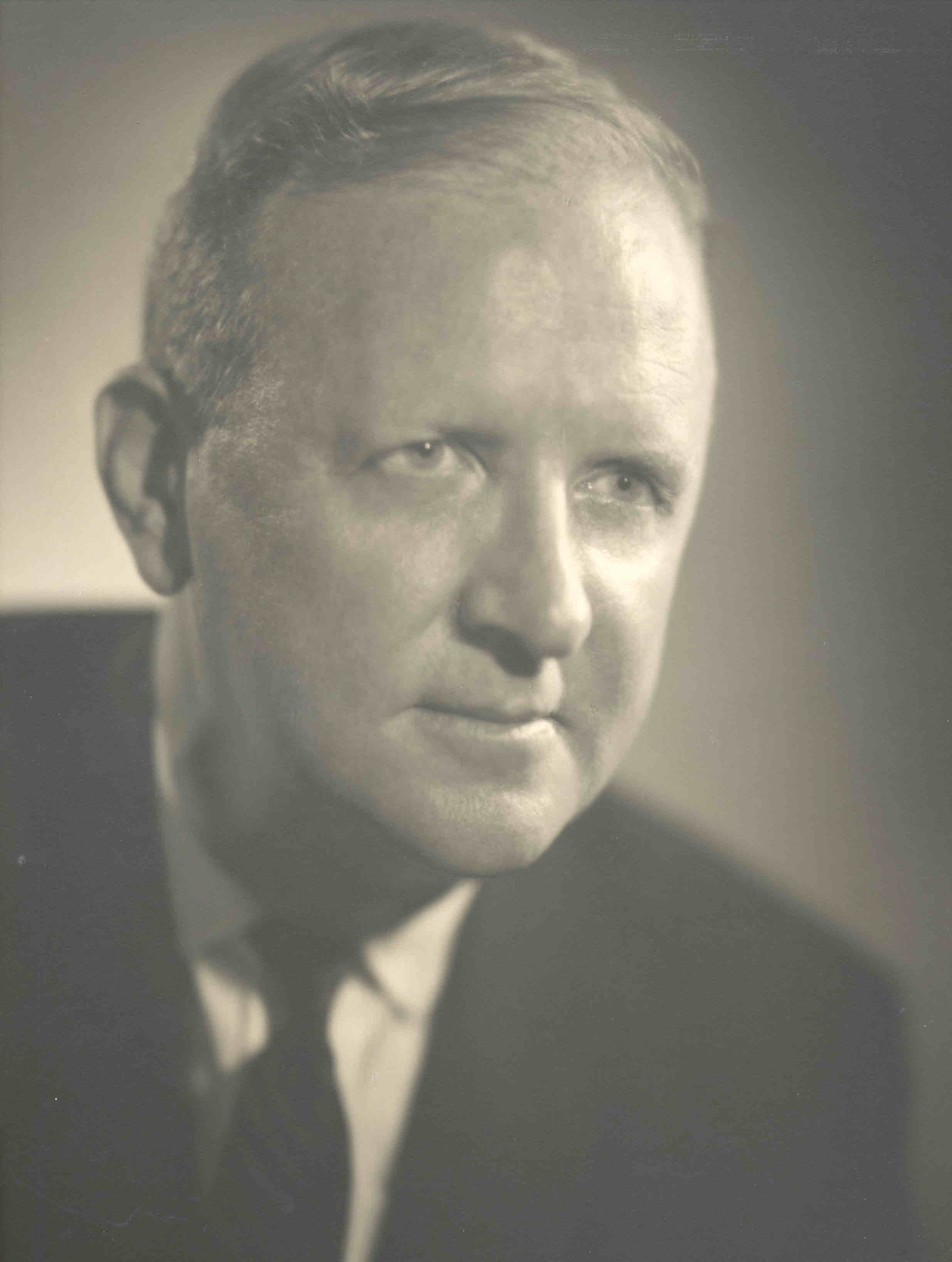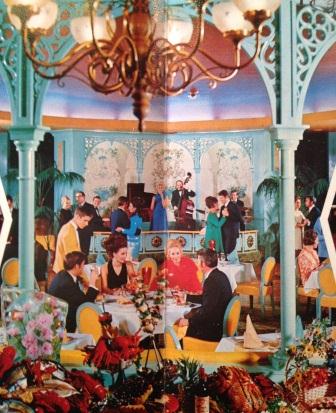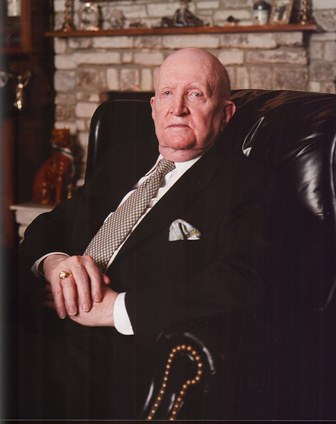|
Who
is Mr. Neal Prince? Mr. Prince is a trained
Architect from Rice University, an Art
Historian, Art Collector and a person with a
vast passion for Motion Pictures and Theatre
History, especially Set Designs. These elements
came together to build a foundation to Mr.
Prince's skills, which later became recognized
as his ability for designing Hotel and
Restaurant Interiors. Mr. Prince incorporated
his own passions of above, into an
International branding philosophy that remains
as strong today as it was when he developed his
philosophy of Hotel and Restaurant Designs,
which is visible today, in Hotels worldwide.
But what makes Mr. Prince different? He was a
pioneer within this Industry, along with Dale
and Pat Keller, of Hong Kong, in designing
Hotels in countries that never had an
International Hotel presence. Mr. Prince, along
with Kenneth Smith (Interior Designer), Charles
Alvey (Graphic Designer), Richard Simpson
(Graphic Designer), William Embury (Interior
Designer), Joe Grusczak (Interior Designer),
James Ray Baker (Interior Designer) and Irene
D'Alessio (Interior Designer) and many others
were the first, to sent the standards for
International Hotel Interiors. And what is
incredible is that he did not have the grand
budgets that most designers have today. Mr.
Prince used local talents and products, when
available and appropriate, to augment his
designs, which, in return, allowed local
Artist, Gallery Owners, Merchants and vendors
to view InterContinental not as an invader,
but as a partner in creating new sources of
commence within the local economy. What is even
more unique in Mr. Prince being different, was
that Mr. Prince has always credited his
success, not in the terms of "I", but "WE". Mr.
Prince, being from Corsicana, Texas, has always
remained modest and respectful and always have
contributed his success due to the fact that
designing hotels is a "TEAM" effort, from his
Departmental Staff to his Professional
Associate Designers that he had brought on to
do a certain project for the vast inventory of
InterContinental Hotel holdings. This website
is to bring together the collections,
resources, stories and images documenting a
period of time, before computers, mobile
phones, fax's or video conferencing. This
website is to recapture the time when
International Hotel Design Industry remained in
its infancy before the growth and development
into what we have today as multi billion dollar
companies. Each Hotel on this website will
encompass how Mr. Prince and his Staff and
Professional Associates overcame the troubles
of designing Hotels, from a historic point of
view, to what was necessary to open the Hotels,
maintain the Hotels, and what lessons were
learned to be applied for the next project.
-webmaster
Hotel:
Southern Cross InterContinental Hotel

.JPG)
The Southern Cross
Hotel, at the time when it was opened was a
world class “Intercontinental” hotel, featuring
the very best facilities, a specialist staff
and superb surrounding in the heart of
Melbourne. It had a 435 bedrooms. 8 restaurants
and bars and an extensive shopping plaza. Yet
another example of the changing blend in
Melbourne’s skyline where the old gives way to
the new for the purpose of serving
international traveler. It was Australia's
first modern American-style international
five-star hotel of its kind, at the time.
Location:
Melbourne, Australia
Melbourne, the capital of Victoria and a
bustling 20th century city, is a brilliant
metropolis. In the commercial centre of this
island continent, botanic gardens, lovely
parks, and tree lined streets created a unique
beauty. And sparkling in the very heart of
Australia's second largest city rises the
towering Southern Cross Hotel. A welcome home
for businessmen and holiday travellers, a
centre for social activity and society, the
Southern Cross is the epitome of life in the
modern Australia. Within walking distance of
the Southern Cross are theatres, concerts,
ballet and interesting shopping arcades. And
there are sports galore from tennis to
horseracing and speciator football. Whatever
the Guest taste was, whatever the needs of the
Guest were, whatever the Guest pleasure were,
this hotel in Melbourne was famously known as
The Southern Cross
Architect:
Welton Becket & Associates (New York and Los
Angeles)
Leslie M. Perrott & Partners (Australia)
Lead Interior Designer:

Neal A. Prince, R.A., A.S.I.D, Lead Designer
V.P. of Graphic and Interior Design Department,
InterContinental Hotel Group 1960-1985
InterContinental Hotel Opened:
1962
InterContinental Hotel Closed:
1977
InterContinental Hotel sold it's interest in
the Hotel in 1977, leaving the property held by
the Australian ownership until it was sold to
the Republic of Nauru, in 1994. The hotel was
closed in 1995, and the party demolished the
Hotel in order for it to be extensively
remodeled. However, this project was never
completed and the ruined building stood
derelict until finally being completely
demolished in 2003, to make way for an office
development. (Source: www.emelbourne.net.au)
Rooms:
435 bedrooms, within
15 floors, consisting of Air-conditioning,
central heating rooms. During this time in
history, air-conditioned rooms were a new
amenity of luxury to Hotels, as air conditioned
rooms were not standard as they have become in
today's Hotels.

Comtemporary conveniences in every guest room
This Hotel was the first International
Hotel of its kind. And thus, this hotel hosted
accommodations that included single and double
rooms, all with its own bathrooms. The Southern
Cross also offered elegant suites, and the
glamorous State Suite. Every room was
luxuriously carpeted, handsomely furnished by
Neal Prince and all rooms had a view of the
Melbourne skyline. Each room had its own
air-conditioning which each guest was able to
regulated the heat or coolness to their own
pereference, which was not widely avaiable
within most hotels at the time, espeically in
Melbourne. This Hotel was built for the sole
purpose for the comfort of each guest as the
designs of the rooms, lobby and each resturant
reflected from the highly skilled designer of
Neal Prince. Thus, allowing Pan Am passerages,
being tourist or business clientel to enjoy
such highly prasied standards as this Hotel
was.
Restaurants/Lounges:
Wilawa Cocktail
Lounge -
place of entertain with sophisticated flavor.

The Stable
Lounge -
famed for yards of ale.

The Club Grill
- for prime ribs and vintage wines.

The Mayfair
Restaurant
- A special treat is
the Ice Cream Parlour, with its Gay 1890's
decor.

The Tavern
Restaurant
- aged beef and ageless charm. The Tavern
offers light meals with complete bar service
in an "old world" atmosphere.

Meeting Facilities:
The Southern Cross is
Australia's international conference
headquarters. The Ballroom seats five hundred
persons for gala banquets and 700 for meetings.
Five additional private rooms are ideal for
smaller meetings, weddings receptions or
dinners for groups of of 10 to 70.
The Southern Cross
Ballroom:
.JPG)
The ballroom had the
capacity to seat up to 500
Comments:
Melbourne, the capital of Victoria and a
bustling 20th century city, is a brilliant
metropolis. In the commercial center of this
island continent, botanic gardens, lovely
parks, and tree lined streets create a unique
beauty. And sparkling in the very heart of
Australia’s second largest city rises the
towering Southern Cross Hotel. A welcome home
for businessmen and holiday travelers, a center
for social activity and society, the Southern
Cross is the epitome of life in modern
Australia. Within walking distance of the
Southern Cross are theatres, concerts, ballet
and interesting shopping arcades. And there are
sports galore from tennis to horseracing and
spectator football. Whatever your taste,
whatever your needs are, your hotel in
Melbourne is The Southern Cross.
Mr. Prince hired a small gallery to advise for
the correct color scheme and became the source
of artwork to beheld within the Property for
exhibit and within the Hotel rooms.
Images held by the Collection:
|

